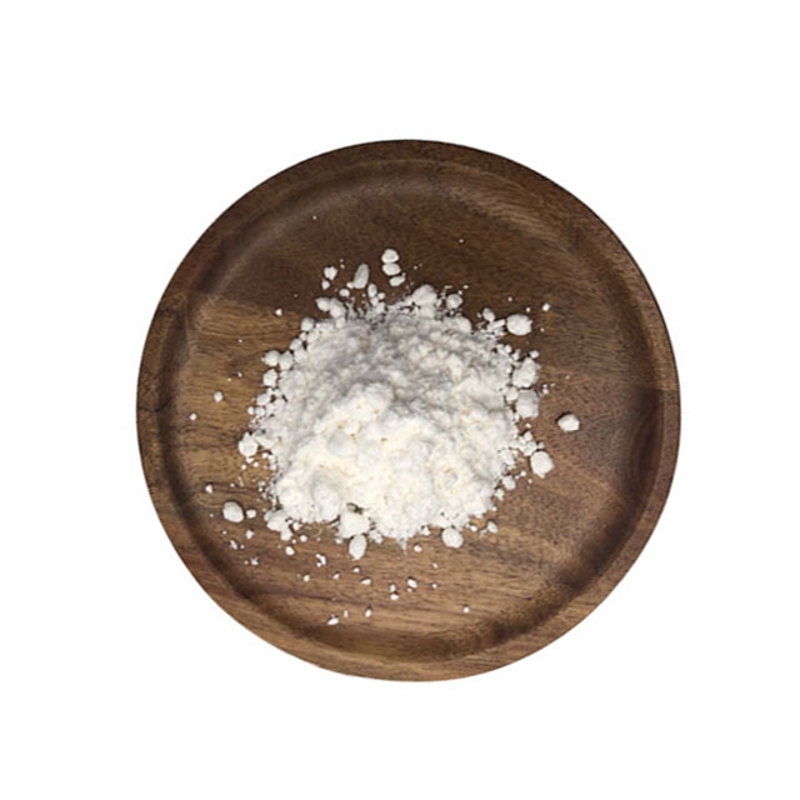-
Categories
-
Pharmaceutical Intermediates
-
Active Pharmaceutical Ingredients
-
Food Additives
- Industrial Coatings
- Agrochemicals
- Dyes and Pigments
- Surfactant
- Flavors and Fragrances
- Chemical Reagents
- Catalyst and Auxiliary
- Natural Products
- Inorganic Chemistry
-
Organic Chemistry
-
Biochemical Engineering
- Analytical Chemistry
- Cosmetic Ingredient
-
Pharmaceutical Intermediates
Promotion
ECHEMI Mall
Wholesale
Weekly Price
Exhibition
News
-
Trade Service
The STING protein was discovered in 2008 to help mediate a collection of immune molecules in the immune system that act as first responders when foreign bodies circulate in the body.
that activating STING can make the innate immune system stronger in fighting tumors or infections.
more than a decade, researchers and pharmaceutical companies have been scrambling to develop drugs that activate STING, but early clinical trials of the first generation of synthetic drugs have failed to deliver satisfactory results.
Recently, a team of researchers from the Harold Simmons Comprehensive Cancer Center at Southwest Medical Institution in the United States synthesized a drug different from the first generation of STING activators, which can activate STING in the body using cGAMP, a natural small molecule activator of STING.
researchers designed and synthesized a large molecular polymer, PC7A, that can self-assemble into nanoparticles and effectively deliver cGAMP to protein targets.
results show that PC7A has different action points and modes of action from existing drugs, and it and STING form polypicides for 8 times the survival time of existing drugs.
and activation of STING is achieved through this longer, inherently immune activation method, which occurs at different binding points between PC7A polymers and cGAMP, to obtain a more effective T-cell response.
researchers found that when mice were treated with PC7A, their tumors grew more slowly and survived longer.
about 20 percent of people in mice who showed synergetic anti-tumor efficacy inherited different STING synthetic genes, and the team demonstrated that PC7A can still activate cells that express STING variants.
PC7A can also play a role in patients with traditional STING-targeted drugs that do not work.
the polymer has other advantages, such as PC7A and cGAMP, which show synergetic STING activation in human tissues.
When circulating in the blood, polymers exist alone in the form of nanoparticles that do not bind to STING, and only when these nanoparticles enter immune cells do they separate, attach to STING and activate the immune response, which means that PC7A may be less likely to cause side effects than other targeted drugs.
the nanoparticles activate STING like putting permanent pressure on an accelerator, which strengthens the body's innate immune system to fight tumors, said Dr. Gao Jinming, who is studying the study.
limitations of conventional small molecule drugs are that they are gradually flushed out when injected into the tumor, reducing anti-tumor effectiveness and causing systemic toxicity.
all, this nanotechnology offers a new way to activate STING with fewer restrictions, and these compounds have great potential to expand immunotherapy and save the lives of more cancer patients.
articles from Suxin Li, Min Luo, Zhaohui Wang, Feng, Jonathan Wilhelm, Xu Wang, Wei Li, Jian Wang, Agnieszka Cholka, Yang-xin Fu, Baran D. Sumer, Hongtao Yu, Jinming Gao. Prolonged activation of innate immune pathways by a polyvalent STING agonist. Nature Biomedical Engineering, 2021; DOI: 10.1038/s41551-020-00675-9MedSci Original Source: MedSci Original Copyright Notice: All noted on this website Source: Met Medical Or "Source: MedSci Original" text, images and audio-visual materials, copyrights are owned by Metz Medicine, without authorization, no media, website or individual may reproduce, authorized to reproduce with the words "Source: Mets Medicine".
all reprinted articles on this website are for the purpose of transmitting more information and clearly indicate the source and author, and media or individuals who do not wish to be reproduced may contact us and we will delete them immediately.
at the same time reproduced content does not represent the position of this site.
leave a message here







